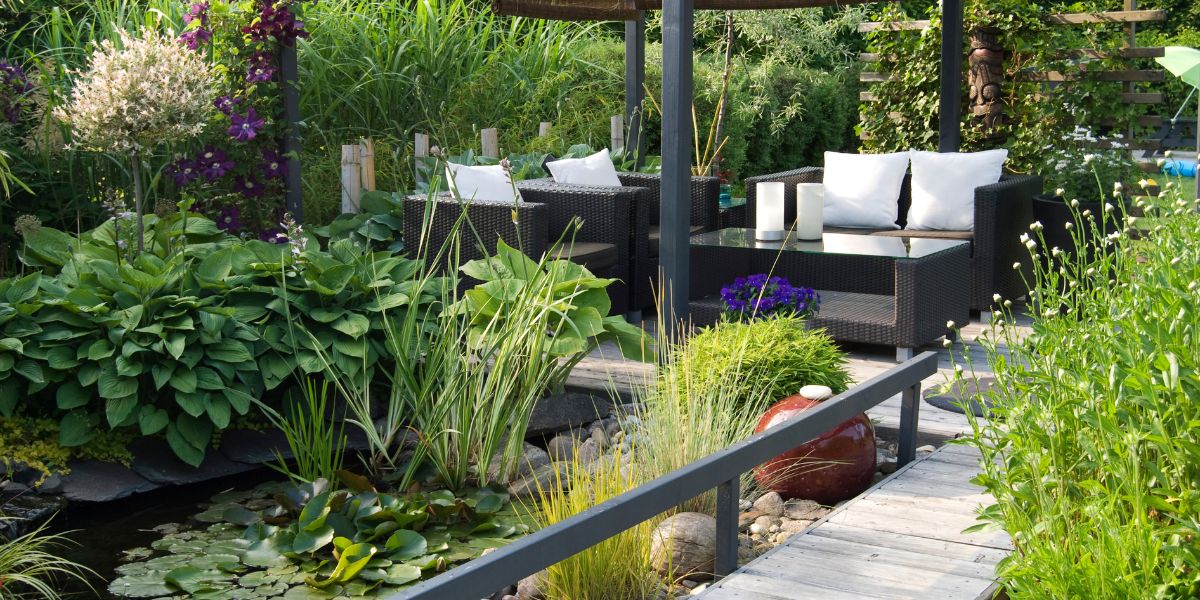1. Embrace Permaculture
Permaculture is an ingenious approach to sustainable gardening. It offers a holistic perspective, focusing on nature-centric, self-sustaining systems.
Permaculture revolves around strategic plant placement for optimal soil and sunlight exposure, and the selection of plants that synergize for natural pest control and soil health. It also places great emphasis on water conservation and the use of organic materials like compost.
2. Install Rain Gardens
Rain gardens beautifully blend sustainability with aesthetic appeal. These gardens are designed to capture, store, and utilize rainwater, thereby reducing the need for plant and lawn irrigation.
Not only do rain gardens help mitigate storm water runoff, they also create habitats for local wildlife. Pairing rain gardens with native plants can result in a balanced, attractive ecology that benefits the environment.
3. Landscape with Native Plants
Incorporating native plants into your garden is a wonderful way to boost its sustainability. Adapted to local climate conditions and requiring minimal maintenance, native plants are the perfect pick for eco-conscious gardens.
You can choose from an array of native plants—shrubs, trees, groundcover, and grasses—to suit your garden's design. Native flowers can attract beneficial wildlife such as birds, butterflies, and bees, enabling you to design a beautiful outdoor space that harmonizes with the local ecosystem.
4. Go Vertical
Vertical gardening is an excellent solution for smaller outdoor spaces. By planting vertically, you can create a verdant environment without consuming much ground space.
There are numerous vertical garden kits available that are easy to set up and include everything you need to start your vertical gardening journey. Vertical gardening can also help conserve water, as plants can utilize condensation from surrounding walls.
5. Use Eco-Friendly Hardscaping Materials
When planning your sustainable garden, consider using eco-friendly hardscaping materials. These materials, derived from natural and recycled sources, come in a variety of colors, textures, and shapes.By incorporating these materials, you can design an attractive and environmentally responsible outdoor area that you can enjoy for years to come.
If you found this article useful and inspiring, please consider sharing it with your friends and family on social media or via email. Let's spread the word and share the joy of sustainable gardening!

There are currently no more comments available.